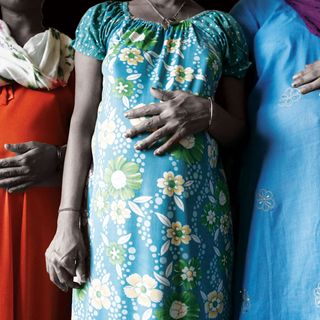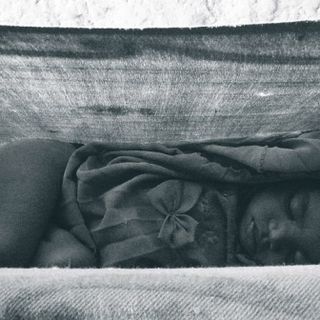An examination of more than two million outpatient appointments at a major hospital in Delhi suggests women in its service area — Delhi, Haryana, Uttar Pradesh, and Bihar — face “extensive gender discrimination in health care access,” according to researchers collaborating from Indian Statistical Institute, All India Institute of Medical Sciences, Harvard University’s T.H. Chan School of Public Health, among other institutions.
Researchers calculated the number of “missing patients” by comparing the gender ratio of hospital visits across all departments, except obstetrics and gynecology, to the sex ratio of the overall population. Male patients accounted for almost two-thirds of all visits, a gender ratio of 1.69 to 1. The sex ratio for the population, per 2011 census data, was 1.09 to 1, suggesting vast gendered inequalities in access to health care.
The gulf widened and narrowed by age group. Men and boys under 30 were twice as likely to be treated at the hospital as women and girls of the same age group. Similarly, a wide disparity existed among the elderly: men older than 60 made up 75% of hospital patients.
Related on The Swaddle:
A Statistical Portrait of an Indian Female Life
Access to health care appeared most equitable among men and women aged 31 to 59, but even among this group, a gendered gulf persisted, with 1.4 male patients for every one female patient.
Researchers note the study was not designed to determine the cause of these gendered gaps. Certainly, geography puts limits on access to health care. “Missing female patients” were most common among those who live farthest from the hospital; the study couldn’t determine whether these missing patients received health care closer to home; if they did, it would undoubtedly be lower quality care, suggesting a disparity still.
Given India’s deeply entrenched and unequal sex ratio among the population at large — and particularly among the regions studied here — it’s difficult not to connect the dots. Plenty of other studies have documented the neglect of India’s living girls and women, driven by the same misogynistic attitudes that countenance female feticide and infanticide. The researchers cite the following — a 2011 study that concluded a male child is 3.5 times more likely to receive needed corrective cardiac surgery than a female child; a 2014 analysis that found gendered discrepancies in immunization, food allocation and percentage of household expenditures — but there are more.
This is all to say an equal sex ratio at birth is the ultimate goal — but our efforts toward achieving that shouldn’t obscure or inhibit efforts to achieve gender equality throughout the rest of life, too.




